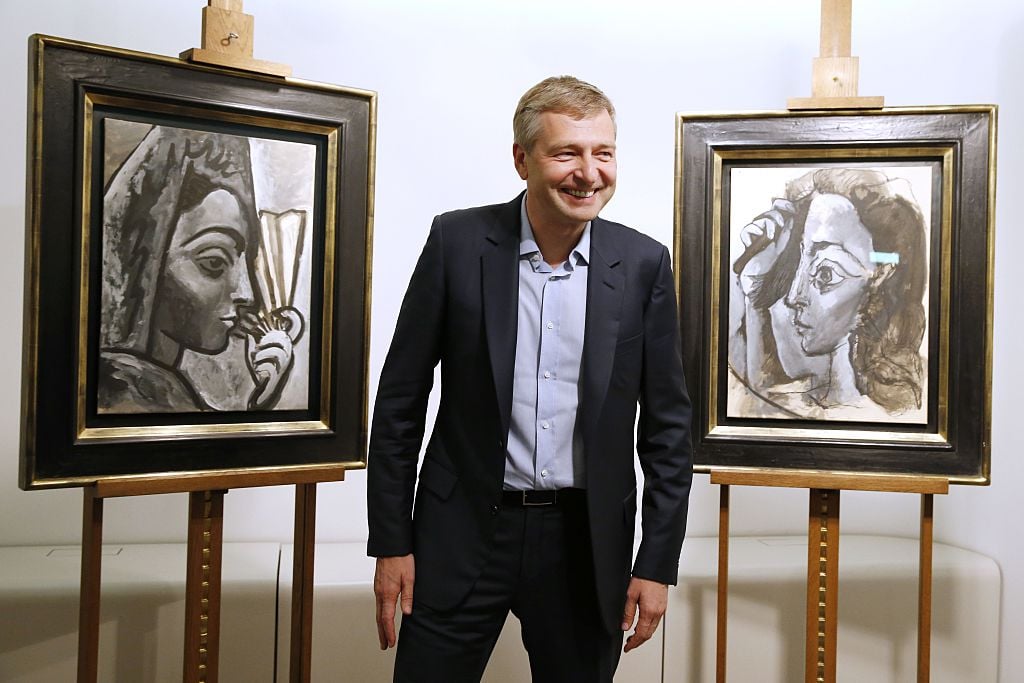
The Ukrainian government has launched a new tool for identifying artworks tied to sanctioned Russian nationals.
Now accessible through the embattled country’s National Agency on Corruption Prevention (NACP) is a new “War & Art” database of paintings, sculptures, and other artworks that have been bought and sold by sanctioned Russians since 2014, when the Russian-Ukrainian war began.
The goal of the project, according to the NACP, is to “make it easier for virtuous art market participants to carry out sanctions checks” and to “make it difficult for Russian oligarchs” to launder money through art.
Today, the database comprises some 300 pieces. Included are Leonardo da Vinci’s Salvator Mundi, which was sold by billionaire Dmitry Rybolovlev at Christie’s for a record-smashing $450.3 million in 2017, and Andy Warhol’s 1961 painting Four Marilyns, currently owned by Vladimir Putin-associate Mikhail Fridman. There are also pieces by Francis Bacon, Damien Hirst, Claude Monet, and Pablo Picasso, among others.
Each listing contains basic details about the given artwork, including who made it and when, as well as its estimated value and connection to sanctioned individuals. The portal also contains a system through which users can report other relevant artworks and owners.
Russian billionaires Petr Aven, Viatcheslav Kantor, Andrey Melnichenko, and Arkady Rotenberg are among the collectors represented in the database. Each has been slapped with economic sanctions by the European Union, the United Kingdom, or the United States in recent years for their support of Russia’s war against Ukraine.
Dasha Zhukova, who founded the Garage Museum of Contemporary Art in Moscow and currently serves on the boards of the Metropolitan Museum of Art and Los Angeles County Museum of Art, is also included in the database, though she has not been subject to sanctions. Zhukova was formerly married to Roman Abramovich, a Russian billionaire sanctioned by the U.K., EU, Canada, Australia, and New Zealand in 2022 for his relationship to Putin.
“Russian oligarchs, despite the sanctions imposed on them, can still easily hide and launder their money through art objects,” said the NACP. “The ‘War and Art’ section will contribute to the work on preventing the circumvention of sanctions, finding artistic assets of sanctioned Russians with the aim of their further freezing, confiscation and future transfer to Ukraine.”
More Trending Stories:
JTT, the New York Gallery Known for Minting Star Artists, Is Closing After More Than a Decade
How the Many Dilemmas of Hannah Gadsby’s Anti-Picasso Show Feed Our Contemporary Cultural Doom Loop